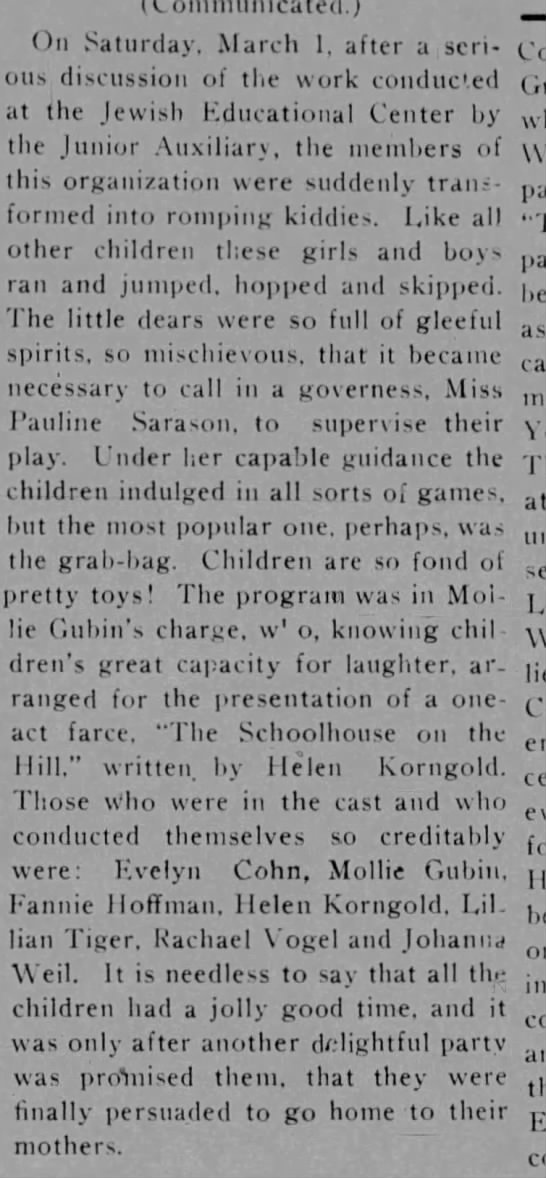In the tradition of Stephen Greenblatt’s The Swerve and Dava Sobel’s Galileo’s Daughter, a vividly rendered account of the forgotten quest by Christopher Columbus’s son to create the greatest library in the world—“a perfectly pitched poetic drama” (Financial Times) and an amazing tour through 16th century Europe.
I was intrigued--Columbus had a son who created the world's greatest library? Why hadn't we heard about him? What happened to all the books? How did he even embark on such a quest? I had to read this book.
Hernando may have been an illegitimate son but in 1502 his father Christopher Columbus took the thirteen-year-old along on his fourth voyage to the New World. Hernando started his life familiar with lands and cultures that most of the world didn't even know existed.
The book recounts Columbus's discoveries and his struggle to maintain his status and share of New World wealth for his heirs.
The Admiral of the Ocean reigned as the greatest explorer for only a short time before he was dethroned. He became old news as successive explorers stole attention and acclaim. Spain sought to discredit Columbus as the first to discover the New World, desirous of keeping all the New World wealth. Hernando determined to return and solidify his father's status by writing a book about his father's life--essentially the first biography.
The other part of the book is Hernando's thirst for knowledge, his obsession with collecting books of every kind, in every language--even if he couldn't read them. He collected prints and maps and art and ephemera gleaned from small booksellers.
He kept lists of his books and when he lost over a thousand books in a shipwreck he knew which ones he needed to replace. He developed methods to catalog and organize the books and to retrieve the information in the books.
Hernando was called upon to create a definitive map of the New World so that Spain and Portugal could finalize their territorial rights. He began an exhaustive dictionary but abandoned it knowing he could never finish it.
As he traveled across Europe, Hernando came into contact with all the great thinkers whose ideas were rocking the world: Erasmus, Luther, Rabelais, Thomas More. During Hernando's lifetime, Henry was looking to divorce Catherine, Suleiman was conquering the Eastern reaches of Europe, and the Holy Roman Emperor was crowned as the head of church and state. Luther's teaching had fueled the Peasant's Revolt and the anti-authoritarian Anabaptist movement arose.
In his later life, Hernando settled down and built his house and perfected his library. His garden was an arboretum containing plants and trees from across the world.
Hernando's achievement was remarkable. His goal to order all human knowledge for accessible retrieval was monumental. But after his death, most of his work and library were lost to neglect and time.
Through the life of one man, The Catalogue of Shipwrecked Books gave me a panoramic view of the 16th c., an overview of the life and achievements of Christopher Columbus, and a biography of his son Hernando.
I received a free ebook from the publisher through NetGalley in exchange for a fair and unbiased review.
The Catalogue of Shipwrecked Books: Christopher Columbus, His Son, and the Quest to Build the World's Greatest Library
By Edward Wilson-Lee
Publication March 12, 2019
LIST PRICE $30.00
ISBN 9781982111397











